Tourmaline: Properties, Uses and Virtues
Tourmaline: A Varied Gem!
Tourmaline, an enchanting gem celebrated for its remarkable diversity of colors and metaphysical appeal, attracts gem lovers and spiritual energy seekers alike.
As we embark on a journey into the radiant world of tourmaline, we’ll explore its geological formation, the captivating appeal of rough crystals, its worldwide presence and its enduring historical significance.
We’ll unveil its metaphysical properties, the spectrum of its varieties and the enchanting colors with which it is adorned, while also gaining an understanding of its resistance and the maintenance it requires.
Distinguish the subtleties between natural and synthetic tourmaline, allowing you to confidently appreciate its authentic beauty.
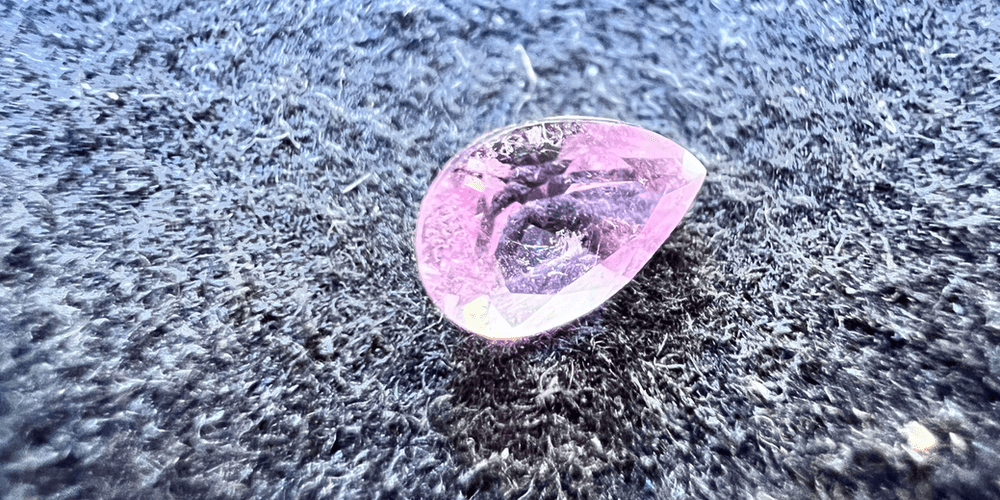
Tourmaline: Table of contents
- Tourmaline geological formation
- Rough Tourmaline – Raw Beauty Revealed
- Sources – The Global Scope of Tourmaline
- Historical Significance of Tourmaline – Through the Ages
- Metaphysical properties of Tourmaline – Illuminating energies
- Tourmaline varieties
- Tourmaline colors
- Durability and Wearability of Tourmaline
- Tourmaline Enhancements – Preserving Natural Beauty
- Synthetic Tourmaline – Nature in the Laboratory
- Imitations of Tourmaline – Discerning the Authentic
- Tourmaline care – Preserving natural beauty
Tourmaline geological formation
Tourmaline, a diverse gemstone, emerges in specific geological conditions, generally in metamorphic and igneous rocks. The complex interaction of minerals subjected to intense heat and deep pressure within the Earth’s crust gives rise to tourmaline’s captivating spectrum of hues.
Rough Tourmaline – Raw Beauty Revealed
Rough tourmaline crystals embody a raw, pure beauty that captivates gem lovers and collectors alike. These crystals are often elongated and have unique prismatic shapes with distinct striations.
Sources – The Global Scope of Tourmaline
Tourmaline’s vibrant presence extends around the world, with notable sources in Brazil, Afghanistan, Madagascar and other regions. Each location contributes distinct variations in colour and quality, enriching the diversity of tourmaline offerings. For sources relating to specific varieties, please visit the dedicated pages.
Historical Significance of Tourmaline – Through the Ages
In the 16th century, a Spanish conquistador to Brazil mistook a green tourmaline crystal for an emerald, a confusion that lasted until the 19th century, when scientists officially recognised tourmaline as a distinct mineral.
The name “tourmaline” itself reflects this confusion, coming from the Sinhalese word “toramalli”, which translates as “mixed gems”. Dutch merchants applied this name to the multicoloured pebbles found in the gemstones of Ceylon (now Sri Lanka).
Tourmaline’s unrivalled spectrum of colours means it is often mistaken for other gems, ranging from vivid reds to soft pinks, vibrant greens to deep blues, and much more. The Brazilian discoveries of the 1980s and 1990s introduced even more striking shades to the market.
Despite its historical use as a gem, tourmaline was often identified with other stones (such as ruby, sapphire or emerald) because of its colour until the emergence of modern mineralogy.
At the end of the 19th century, the American gemologist George F. Kunz helped establish tourmaline as a highly prized gem in the United States. China was an important market for tourmaline, with Empress Dowager Tz’u Hsi’s preference for pink and red tourmaline leading to its widespread use in Chinese jewellery.
In California, the Himalaya mine has produced exquisite two-tone tourmaline crystals, while Maine has contributed beautiful tourmalines. The twentieth century saw an increase in tourmaline supplies, thanks to major deposits in Brazil and discoveries in countries such as Madagascar and Afghanistan, producing a beautiful red tourmaline.
For the history of specific varieties, please visit the dedicated pages.
Metaphysical properties of Tourmaline – Illuminating energies
The metaphysical properties of tourmaline are as diverse as its colours. It is thought to promote protection, grounding, balance and emotional well-being. Different colours are associated with specific energies, making tourmaline a gem prized by spiritual seekers and crystal enthusiasts alike. For metaphysical properties linked to specific varieties, please visit the dedicated pages.
Tourmaline varieties
The captivating world of tourmaline unfolds through a rich array of varieties, each with its own unique charm and appeal. Among the most notable are Elbaite, Dravite and Schorl, each with its own distinct characteristics and appeal.
Elbaite : The Gem of Variety
Elbaite is the most common and sought-after variety of gem-quality tourmaline. This variety embraces an astonishing range of colours, making it a treasure trove for gem enthusiasts.
Notable sub-varieties of Elbaite include the electric blue brilliance of Paraiba tourmaline, the captivating pink and green hues of watermelon tourmaline, the deep red appeal of rubellite and the serene blue hues of indicolite.
The Elbaite colour palette stimulates creativity in jewellery design and captivates the eye with its ever-changing beauty.
Dravite: Earthly Elegance
Dravite, named after its initial discovery near the river Drava, exudes an earthy charm that resonates with those who appreciate the subtle elegance of nature. Often found in rich brown tones, Dravite’s warm, soothing colours evoke a sense of groundedness.
Its natural beauty celebrates the splendour of the Earth’s depths, making it a prime choice for those seeking a connection with the natural world.
Schorl: A Bold Statement
Schorl, renowned for its deep black colour, makes a bold statement that contrasts with the bright hues of other tourmaline varieties. Its dark appeal adds a note of mystery and sophistication to jewellery designs.
As one of the most common forms of tourmaline, Schorl‘s elegant simplicity and striking contrast make it a versatile choice for bold or subtle adornments.
Tourmaline colors
Tourmaline’s colours span a captivating spectrum, from classic black to vibrant pink, soothing green and rare blue. Each hue captures a unique facet of nature’s art, making tourmaline an exquisite choice for gem enthusiasts. All shades are available in tourmaline, making it a diverse gem. For colours linked to specific varieties, please visit the dedicated pages.
Durability and Wearability of Tourmaline
Tourmaline is impressively durable, with a hardness of 7 to 7.5 on the Mohs scale. This makes it suitable for a variety of jewellery designs, ensuring its enduring charm and radiance can be enjoyed for generations.
Tourmaline Enhancements – Preserving Natural Beauty
Tourmaline can be heat-treated to lighten certain shades and create rarer colours. This treatment is not detectable but is stable.
Alternatively, irradiation can also be used to create vivid shades of warm colours such as yellow, pink or red. This treatment can fade in the light and is not detectable.
Dyes, coatings and fillers can also be used to modify the colour or fill fractures. Fillers are generally stable, but resin tends to yellow over time. Dyes and coatings are generally not stable.
Synthetic Tourmaline – Nature in the Laboratory
Synthetic tourmaline is notoriously difficult and expensive to create. In this case, synthetic tourmalines are rarely created. Most of the ‘synthetics’ on the market are simulants or artificial materials.
Imitations of Tourmaline – Discerning the Authentic
Tourmaline’s popularity can lead to imitations or misrepresentations on the market. Being aware of potential imitations, such as coloured glass, quartz, andalusite, beryl, spodumene, topaz or other gemstones, allows buyers to ensure they are acquiring genuine tourmaline gems.
Tourmaline care – Preserving natural beauty
To care for your tourmaline jewellery, clean it gently with a soft brush and mild soapy water, avoiding abrasive materials and mechanical cleaning.
Protect them from extreme temperatures and store them separately to avoid scratches.
Avoid exposing them to harsh chemicals found in household cleaning products, perfumes or hairsprays. Inspect the settings regularly and consider professional cleaning to maintain its lasting shine.
Store them in a fabric-lined box when not in use to protect their timeless elegance.
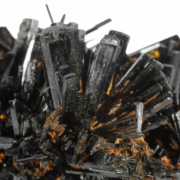
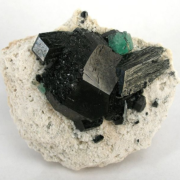
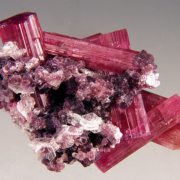
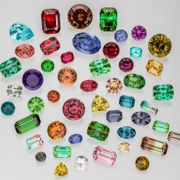
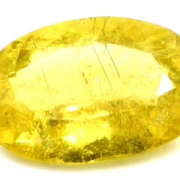
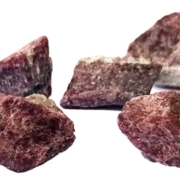


Leave a Reply
Want to join the discussion?Feel free to contribute!